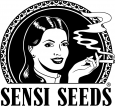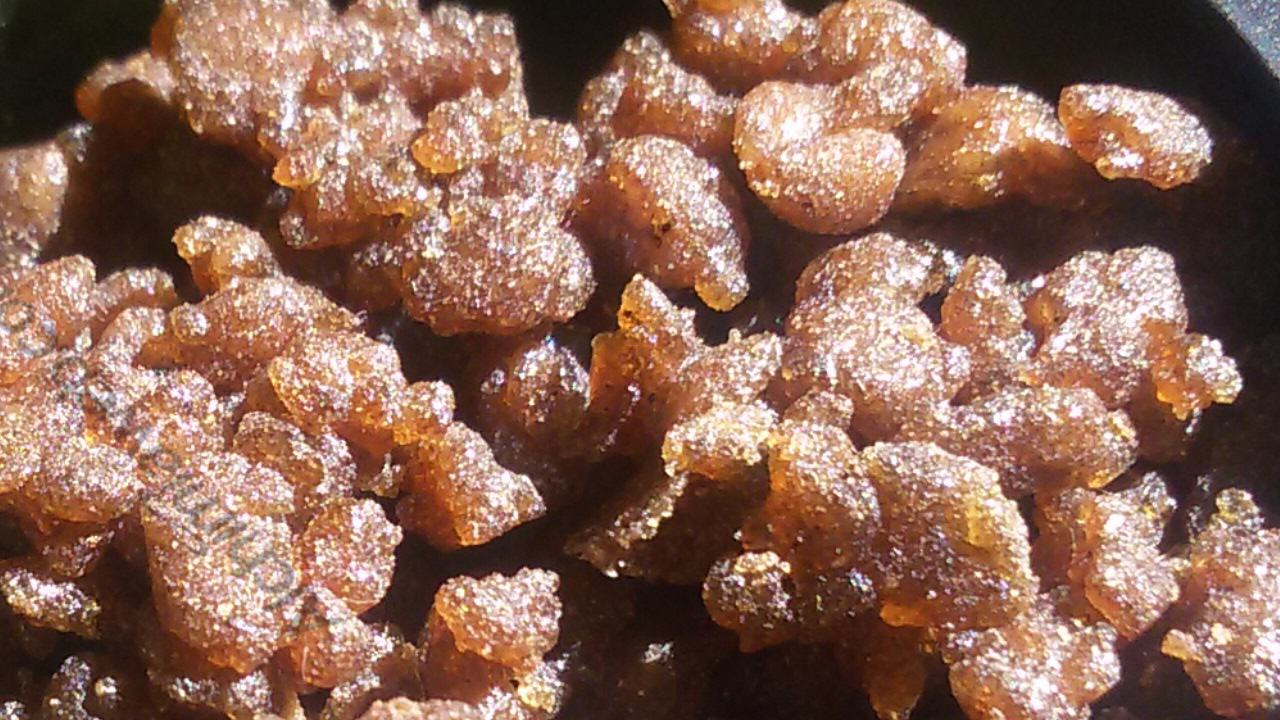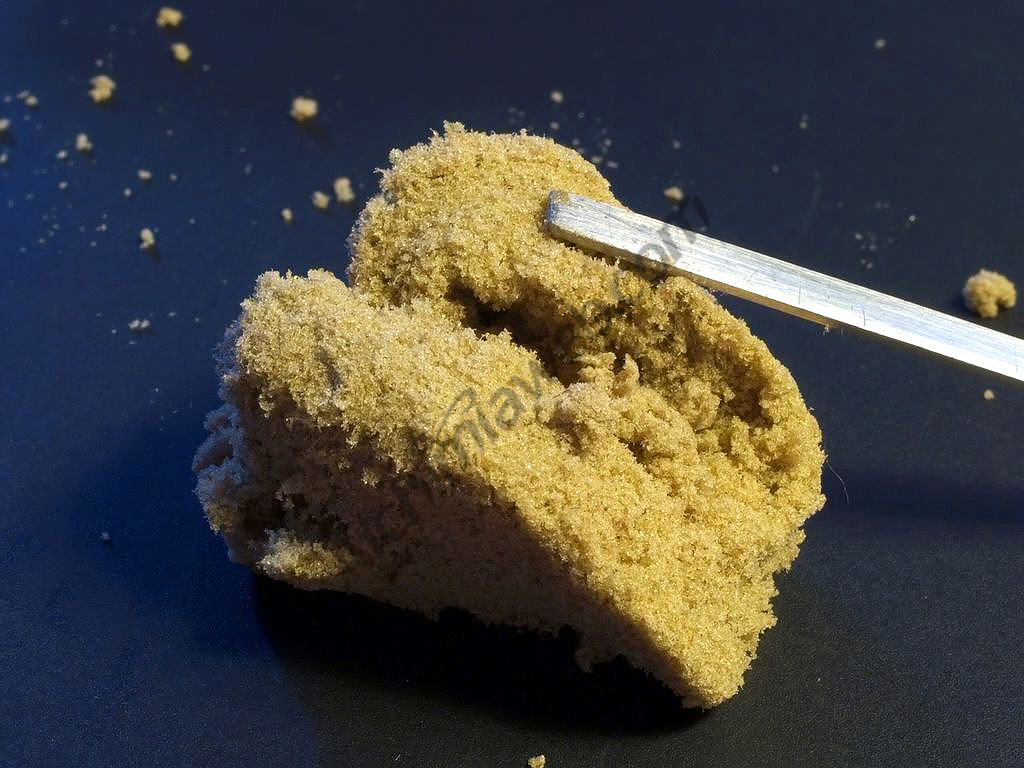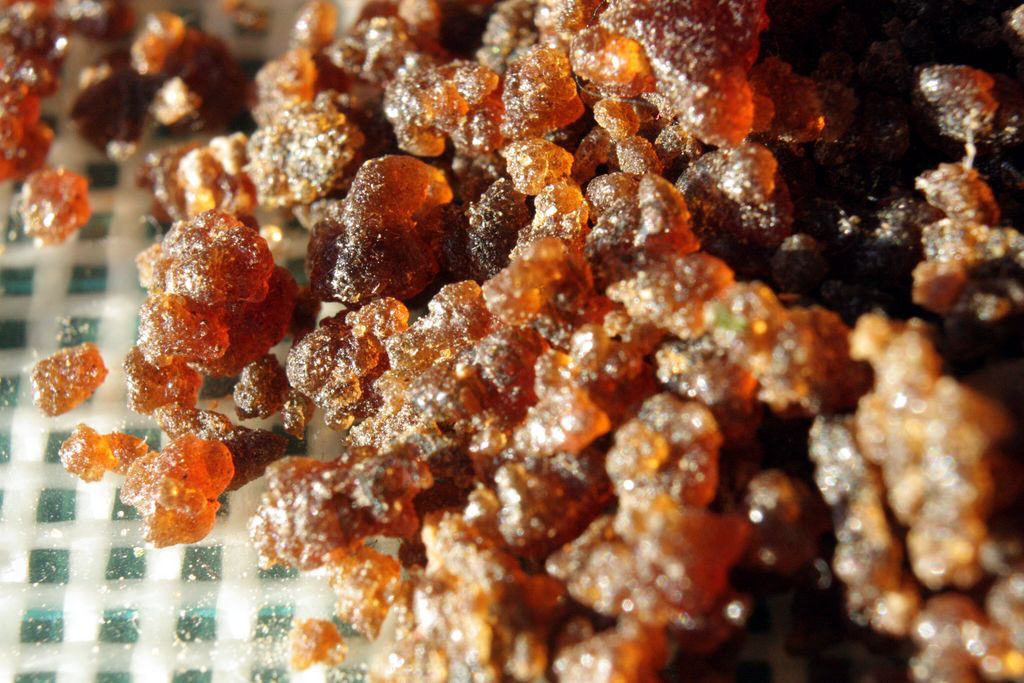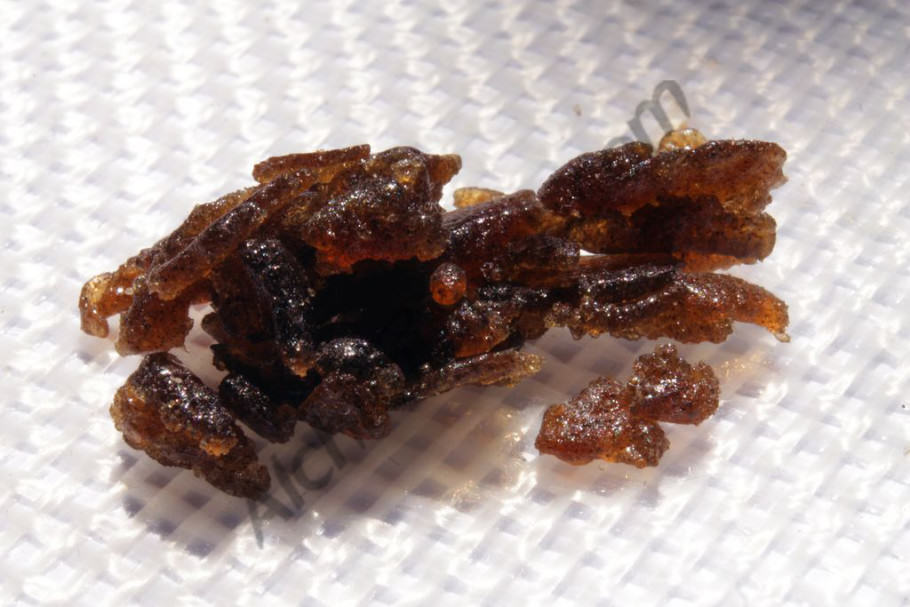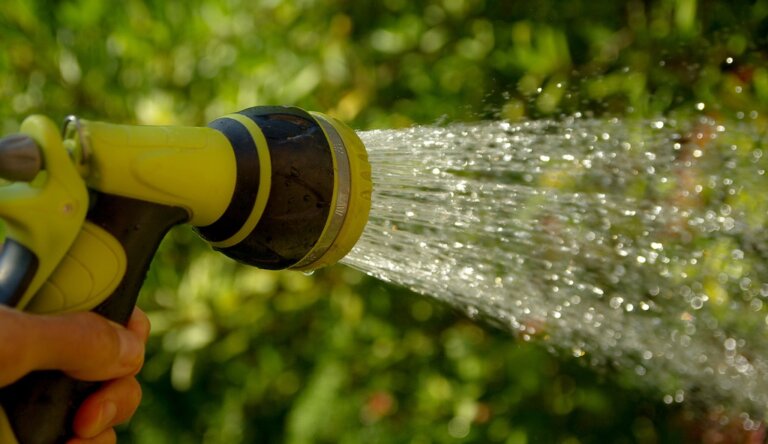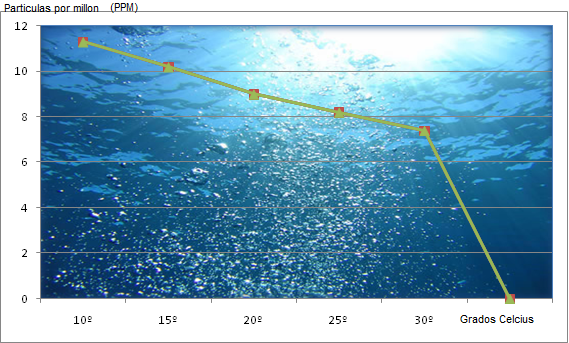Live Resin, Holy Water, Terp Sap
List of contents
Today, the expression Live Resin is increasingly employed and is oftenly used during the discussions between cannabinoid extraction lovers. It can also be found in the way of #hashtags, in comments of BHO pictures on Instagram and other social networks...but what exactly does it mean?
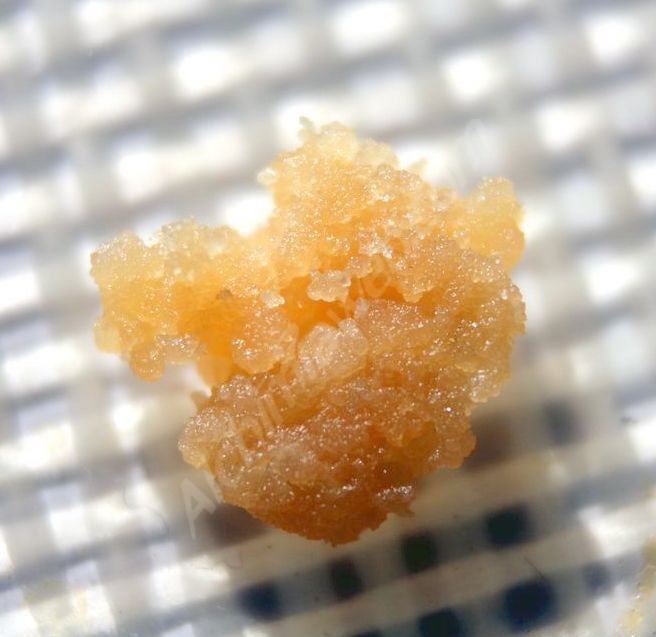
The expression Live Resin is used to speak about concentrated resin made using a solvent - generally butane - and fresh plant material. It consists in freezing the buds/trim right after harvest, without any drying or curing process. Normally, the whole plant is used, which is cut into small nugs and placed inside the extraction tubes, which are then put in the freezer for 12-24 hours. Using cryogenic freezers or CO2 ice is recommended, since best results come with plant material freezed at temperatures between -30 to -65°C (-22 to -85ºF) .
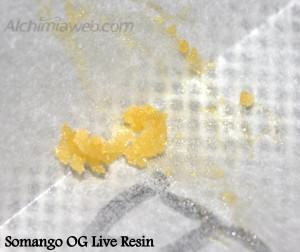
Using the whole plant - buds and small leaves - is very important to get the biggest possible diversity of terpenes. The BHO extraction is carried out following the same steps than conventional extractions of dried and cured buds.
During the Medical Cannabis Cup of Michigan in August 2015, terpene analysis on Live Resin samples were performed, which revealed much higher terpene concentrations than regular BHO extractions. These type of cannabis concentrates are now inevitable for dab lovers. In American dispensaries, Live Resin extracts can easily exceed in about 10 to 30$ the price of extractions made from dry buds.
Today, it's not strange to see Live Resin extractions being awarded in cannabis cups, as for example during the last Dab A Doo in Valencia, were Oil Hunters were awarded with the first prize for their Somango OG Live Resin - which was highly appreciated by our team - and 710 Crew won the third prize with their Sour Amnesia Live Resin.
Live Resin is a relatively recent extraction method. Its "invention" is attributed to a grower named William "Kind Bill" Fenger, a man from Colorado specialized in cannabinoid extractions since 1980, and who directed the first legal crop exclusively dedicated to the production of marijuana concentrates in 2010. A little bit later, he had the idea of extracting cannabinoids from fresh plant material using butane. He then named the resulting product Live Resin. The first strain with which he used this technique was Original Diesel, a clone from Florida. He was amazed by the taste, smell and effect of this extract; it was one of the best things he had ever smoked.
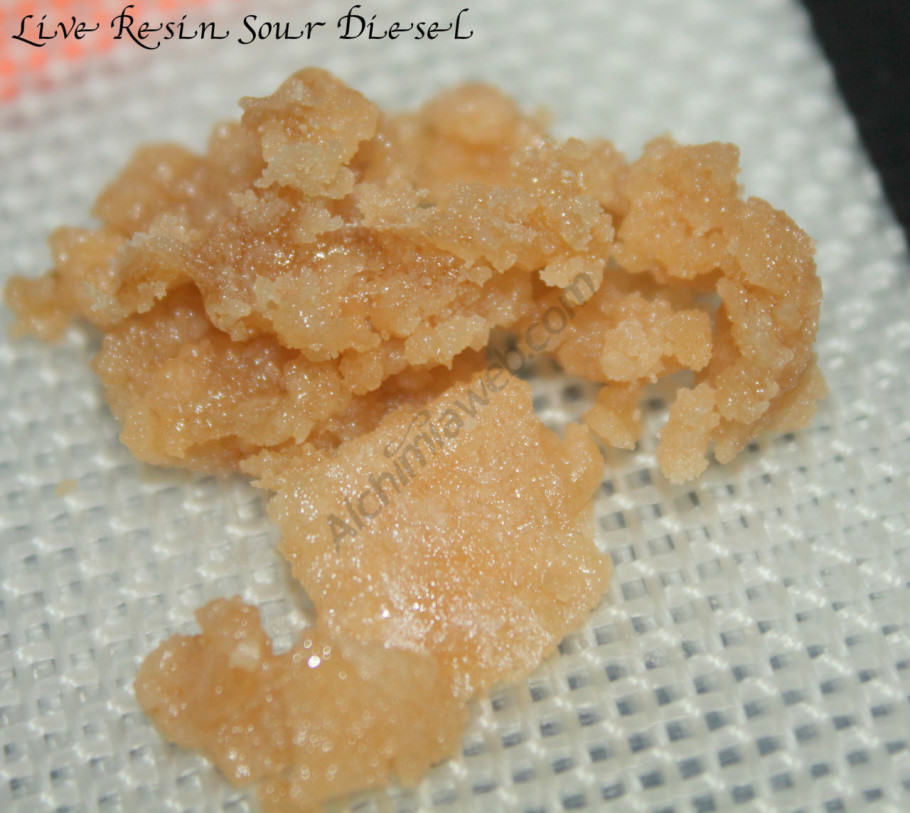
Live Resin: Terpenes to the max!
Kind Bill wanted to keep the powerful scent you smell while you are trimming a fresh plant in a cannabinoid extraction. This smell is caused by the many terpenes present in the cannabis plant, but a large part of them are lost during the first week of the drying process, as was stated in a study performed in 1995 and called The Volatile Oil.
Monoterpenes like Myrcene and Limonene evaporate more quickly than the larger and heavy-weightier Sesquiterpenes, as happens with caryophyllene, which represents a large part of the terpene concentration found after drying the buds.
A recent study conducted in the Mississippi University about extractions from fresh plants, reveals much higher levels of monoterpenes - more volatile - in this type of extractions, which are responsible for the powerful and floral flavour of the marijuana plant that, in turn, provides the Live Resin with this fresh and fruity flavor. If we compare it with an extraction made from cured buds, the latter contains 2-4 % less monoterpenes than those contained in Live Resin samples.
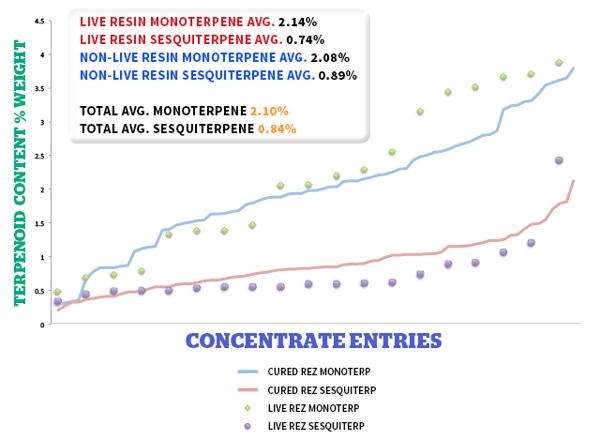
Therefore, we must remind that the moisture present in the cannabis buds can impede the butane to act as solvent. That?s why freezing the buds at the lowest possible temperature is so important. One of the secrets to get a uniform Live Resin product, free from chlorophyll, is freezing everything during the extraction process. In this way, we must make the process quickly after removing the tubes from the freezer. This can be problematic for closed-loop systems since the parts of these systems can't be placed in the freezer. The butane bottles should also be frozen before starting the extraction process.
While final yields are similar, fresh weed occupies more volume than dried buds, so if you want to have the same yield with fresh plant material you'll need a bigger extractor. Also remember that yields greatly depend on varieties and the amount of resin glands contained on the flowers.
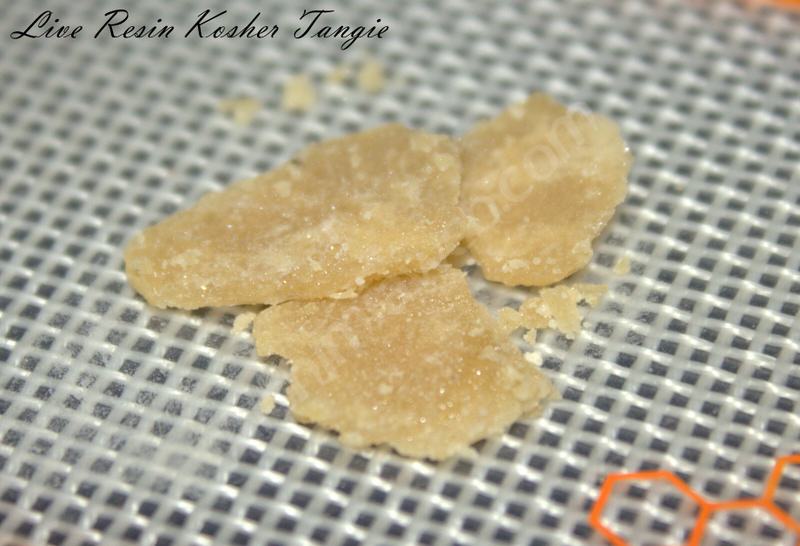
The end product can vary depending on the used temperatures during the extraction process, the humidity of the base material, the genetics and the type of purging you have used. The consistency of the final product reflects the humidity level and the terpene content of each extract. Therefore, the result when using fresh plant material is always very clear and golden. It shouldn?t be surprising if the liquid that comes out of the tube during the extraction process is completely transparent. Thus, it will be necessary to collect the resin to appreciate the fruits of the work done.
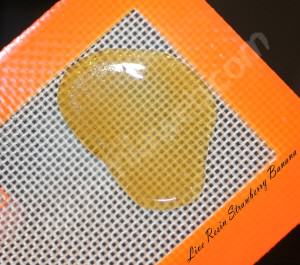
A Shatter-type Live Resin extract - or slightly more liquid (SAP) - is difficult to obtain, since using high quality weed and applying extremely cold temperatures will be necessary, even performing a second dewaxing (using another solvent to remove the waxes) to maintain its consistency. Its scent is more discreet, but it retains the terpenes longer if properly stored. You can get a more grainy result (budder/crumble) - that is extremely rich in terpenes and releases a very powerful smell - by using slightly warmer temperatures during the purging process. Therefore, Live Resin extractions must be consumed as quickly as possible since their organoleptic properties quickly degrade. It should be noted that, in the case of budder, degradation happens even more quickly. We recommend to store the extract in the fridge and always protect it from light and moisture.
Holy Water, Terp Sap and The Clear
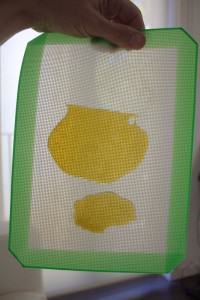
We find other terminologies that coexist with the term ?Live Resin?, as in the case of ?Holy Water?, ?Terp Sap? or also ?The Clear?. These extractions can have up to 20% of terpenes and all show a very fluid appearance. Extracts like The Clear or Terp Sap have a certain amount of food grade terpenes added in the recipe to improve their flavor. On the other hand, Holy Water is a type of extraction performed by a company which uses a process that yields more liquid concentrates, providing unbelievable terpene concentrations (sometimes, even more than the The Clear or Terp Sap extractions).
This kind of liquid concentrate is ideal to be used with ?Pen? vaporizers, since they are difficult to handle if you want to use a traditional dabber. Several American medical patients use to mix a small amount of Holy Water or The Clear with traditional concentrates (budder/shatter/sap), thus allowing an easier handling. Holy Water, The Clear or Terp Sap are extremely rich in terpenes and cannabinoids (sometimes above 90% THC).
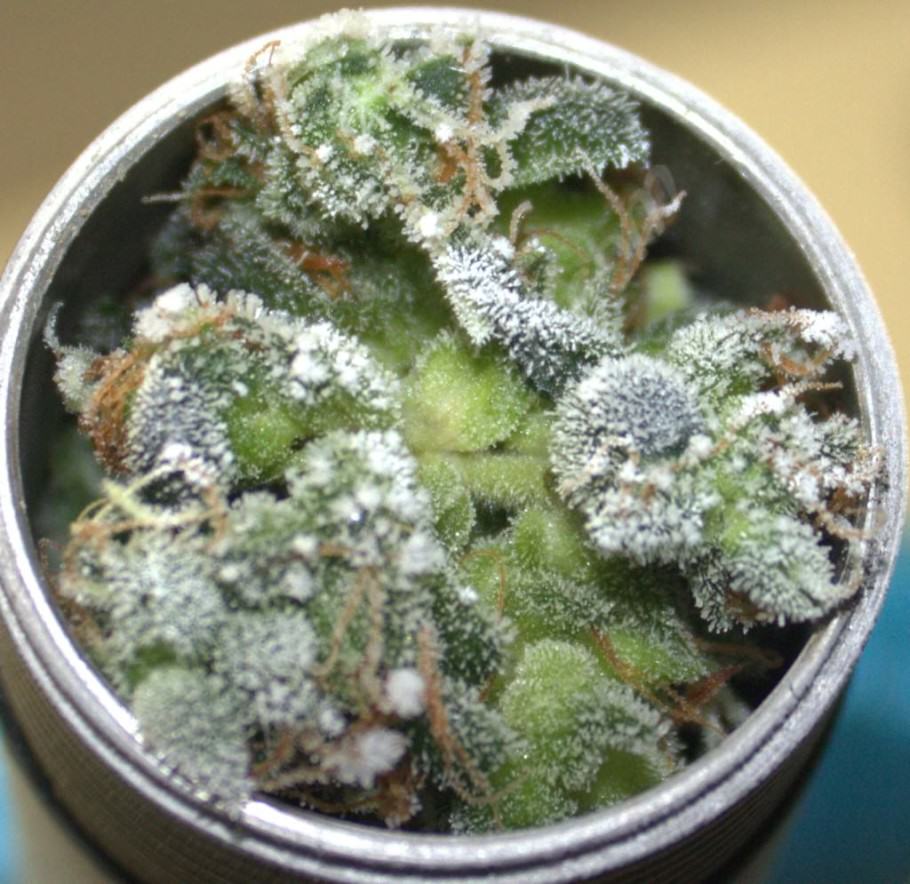
The only way to get the exact desired type of extraction is to practice and learn about new cannabinoid and terpene extraction techniques. Many of these different methods have been developed by the pioneers of BHO, as is the case of "Kind Bill", who always tries to be at the forefront of extraction techniques and constantly contributes with new information of vital interest.
Sources:
Have a nice smoke and ? let?s extract!!



